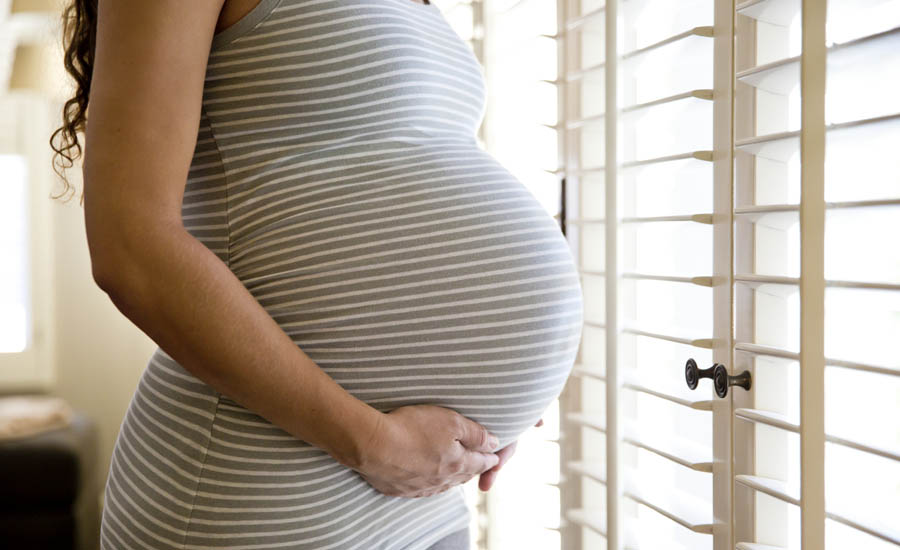Using graphs to improve studies of work exposures in pregnancy

A National Institute for Occupational Safety and Health (NIOSH) study used a graphing technique to show how to account for healthy worker effects in studies of work-related exposures in pregnancy.
Workers often tend to be healthier and live longer than their unemployed peers, who may be unable to work due to illness or other issues. A recent study by NIOSH and a university partner aimed to understand how to account for these “healthy worker effects” in studies among pregnant workers. Lead author Candice Johnson, NIOSH epidemiologist, explains the study, published in the American Journal of Epidemiology.
Q: Why did you do this study?
A: In studies of work-related exposures like chemicals or ergonomic factors, we account for healthy worker effects. The problem is that most of our information on how to account for these effects comes from studies of long-term diseases and deaths. Since pregnancy is a comparatively short, defined period, pregnancy-related studies need a different approach.
Q: How did you do the study?
A: We used a graphing technique to depict when during pregnancy healthy worker effects were most likely to occur. In addition to the healthy hire effect, which refers to healthier pregnant women being more likely to work, we used graphs to look at several possibilities:
- Situations when socioeconomic differences influence who returns to work after pregnancy.
- Women with live births leaving the workforce.
- Women with a previous complicated pregnancy leaving the workforce before the relevant high-risk period occurs.
- Women leaving the workforce at different times depending on various exposures during pregnancy.
Q: What did you find?
A: Using the graphs, we accurately identified when during pregnancy each healthy worker effect is most likely. By restricting research to these specific times, and to women already working during these times, researchers can account for these healthy worker effects in their studies of work exposures during pregnancy.
More information is available: Structure and Control of Healthy Worker Effects in Studies of Pregnancy Outcome.
Looking for a reprint of this article?
From high-res PDFs to custom plaques, order your copy today!








